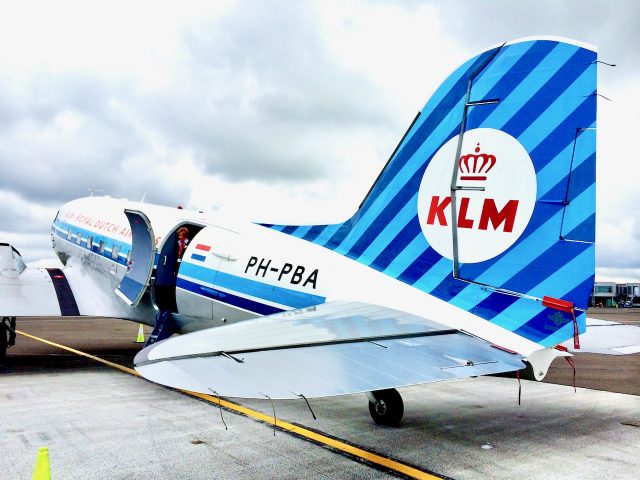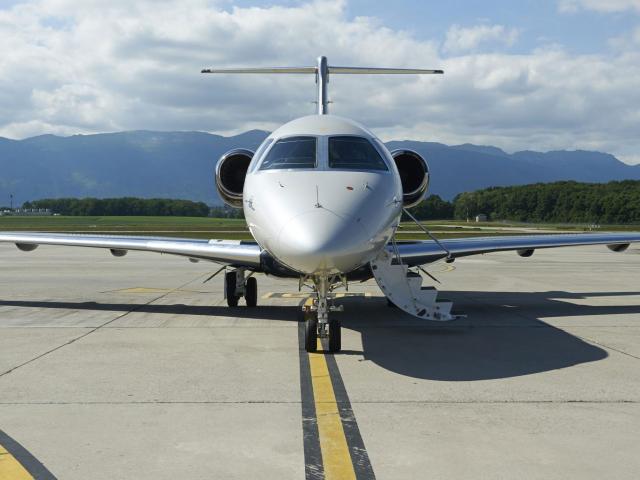In the dynamic realm of aviation, where every second counts and precision is paramount, the integration of Artificial Intelligence (AI) has emerged as a transformative force, reshaping the landscape of safety protocols. This article delves into the crucial role played by AI in ensuring aviation safety, exploring the advancements, challenges, and future trajectory of this cutting-edge technology.
Navigating the Clouds: AI-Powered Flight Systems
The Rise of Smart Cockpits
Gone are the days when cockpit instrumentation relied solely on human intuition. AI has ushered in a new era of smart cockpits, where machine learning algorithms process vast amounts of data in real time. These systems not only enhance the decision-making capabilities of pilots but also contribute significantly to preemptive risk management.
Predictive Maintenance for Enhanced Safety
AI algorithms analyze data from aircraft sensors, predicting potential maintenance issues before they escalate. This proactive approach not only minimizes downtime but also ensures that aircraft are in optimal condition, reducing the risk of mid-air malfunctions.
Turbulence in the Code: Challenges in Implementing AI in Aviation Safety
Regulatory Hurdles
As AI becomes more ingrained in aviation, regulatory frameworks struggle to keep pace. Striking the right balance between innovation and safety standards remains an ongoing challenge. Governments and aviation authorities must collaboratively address these concerns to create a seamless integration of AI technologies.
Cybersecurity Threats
With great technological strides come greater vulnerabilities. The aviation industry is not immune to cyber threats, and AI systems, if not fortified, could become potential targets. The article explores the critical need for robust cybersecurity measures to safeguard AI-infused aviation systems.

The Sky’s Limit: Future Prospects of AI in Aviation Safety
Autonomous Flight: A Glimpse into Tomorrow
The concept of autonomous flights, powered by AI, is no longer confined to science fiction. The article speculates on the potential of fully autonomous flights, where AI takes the reins, ensuring optimal navigation and safety, minimizing human error.
AI-Driven Air Traffic Management
Efficient air traffic management is paramount for avoiding collisions and ensuring a smooth flow of flights. AI algorithms, with their ability to process vast amounts of data and make split-second decisions, are poised to revolutionize air traffic management, optimizing routes and minimizing congestion.
Conclusion: Soaring to New Heights
In conclusion, the marriage of AI and aviation safety is not just a technological feat; it’s a paradigm shift in how we perceive and ensure safety in the skies. As we navigate through the challenges and embrace the opportunities, one thing is certain — the role of Artificial Intelligence in aviation safety is not just a trend; it’s the future. For more information or to read all about the role of artificial intelligence in aviation safety, you may visit http://www.flyagogo.net/ to learn more.





